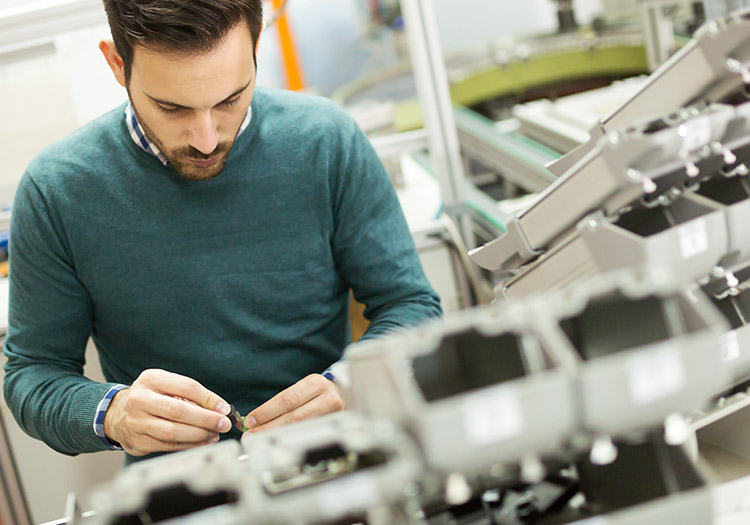The Benefits of Hands-On Learning in Engineering Education

Engineering education has undergone a significant transformation in recent years, with an increasing emphasis on hands-on learning. Traditionally, engineering students spent most of their time in classrooms, absorbing theoretical knowledge. However, today's educators recognize the importance of bridging the gap between theory and practice. Hands-on learning has become a cornerstone of engineering education and for good reasons. In this blog post, we'll explore the numerous benefits of hands-on learning in engineering education.
1. Practical Application of Theoretical Knowledge
Hands-on learning allows students to apply the theoretical concepts they've learned in class to real-world scenarios. This practical application reinforces their understanding and enhances their problem-solving skills. When students see how theoretical principles translate into tangible results, it deepens their comprehension and makes the subject matter more relatable.
2. Development of Critical Skills
Engineering is about more than just equations and formulas; it's about critical thinking, creativity, and adaptability. Hands-on learning fosters the development of these essential skills. Students learn to think on their feet, troubleshoot issues, and innovate solutions when faced with practical challenges. These skills are invaluable in both academic and professional settings.
3. Preparation for the Workforce
Employers in the engineering industry highly value graduates with practical experience. Hands-on learning equips students with the skills and knowledge they need to excel in their future careers. It gives them a competitive edge in the job market, as they are already familiar with industry-standard tools and practices.
4. Enhanced Retention and Engagement
Engaging in hands-on activities increases student engagement and retention of information. Students are more likely to remember what they've learned when they actively participate in the learning process. Hands-on experiences create memorable moments that stick with students long after graduation.
5. Interdisciplinary Learning
Engineering challenges often require interdisciplinary solutions. Hands-on projects encourage collaboration between students from different engineering disciplines, mirroring real-world engineering teams. This cross-disciplinary approach prepares students to work effectively in diverse, collaborative environments.
6. Innovation and Creativity
Hands-on learning sparks innovation and creativity. When students are free to experiment and tinker with real equipment, they are more likely to come up with innovative solutions to complex problems. This culture of innovation prepares them to tackle the engineering challenges of the future.
7. Personalized Learning
Hands-on learning allows students to explore their interests and passions within the field of engineering. They can choose projects and experiments that align with their career goals, fostering a sense of ownership over their education.
8. Real-World Exposure
Hands-on learning exposes students to real-world engineering practices and technologies. They become familiar with industry-standard equipment and gain insights into the challenges and opportunities they will encounter in their careers.
9. Feedback and Improvement
Engaging with physical equipment allows students to receive immediate feedback on their work. They can see the results of their actions and make adjustments accordingly. This iterative process of experimentation and improvement is a fundamental aspect of engineering.
In conclusion, hands-on learning is a cornerstone of modern engineering education, offering students numerous benefits that extend beyond the classroom. It bridges the gap between theory and practice, equips students with critical skills, and prepares them for successful careers in the engineering industry. As engineering education continues to evolve, hands-on learning remains a powerful tool for shaping the engineers of tomorrow.



